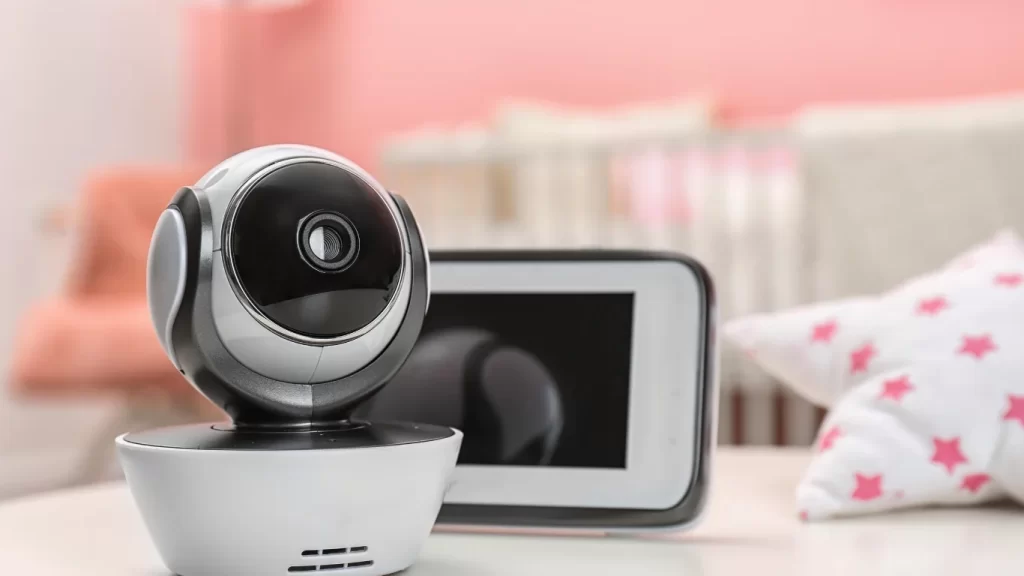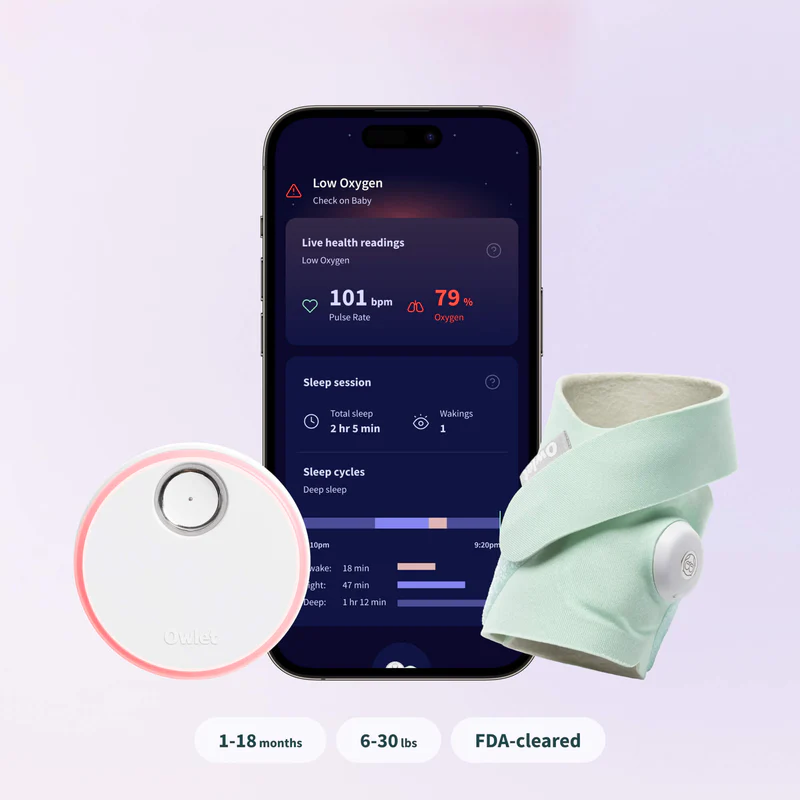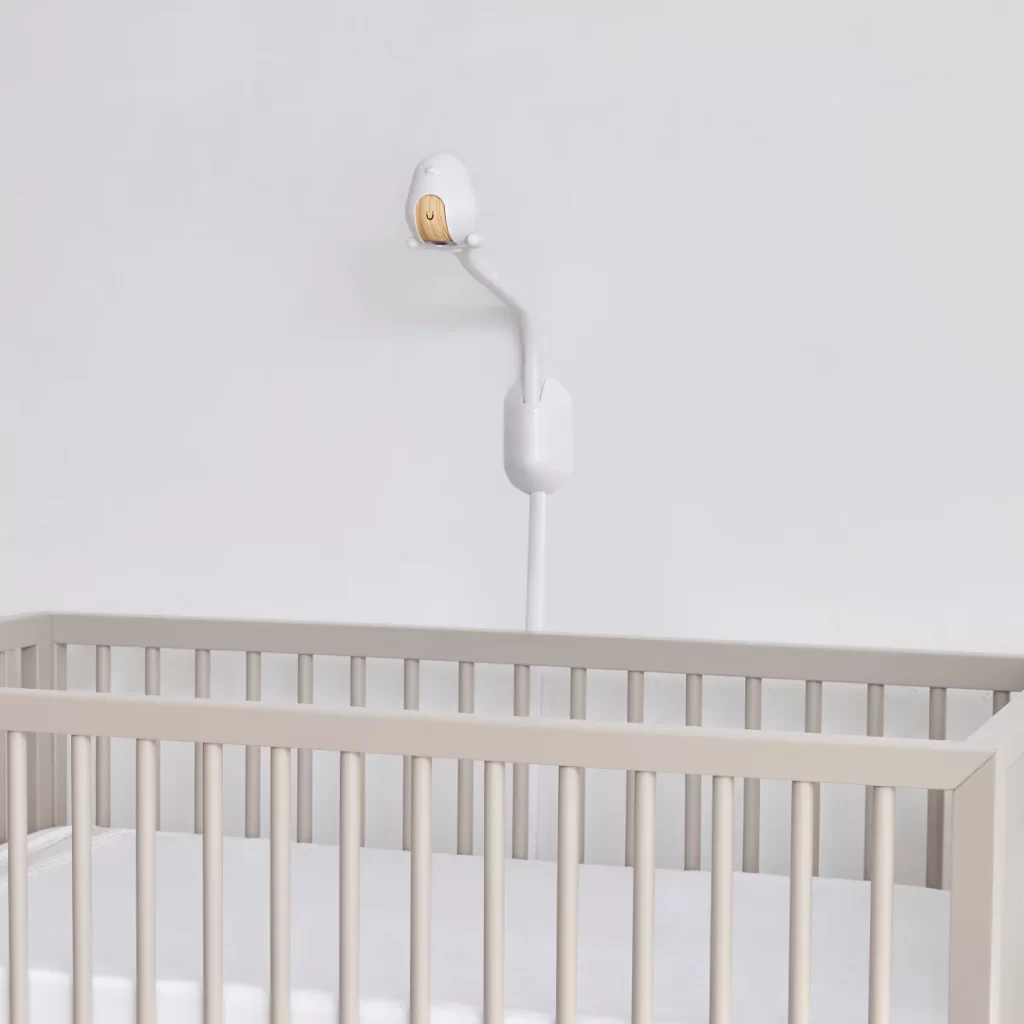Baby monitors, often regarded as indispensable tools for new parents, play a pivotal role in enhancing the safety and well-being of infants. The reliability of a baby monitor to keep a vigilant eye on the young ones while they rest in another room simplifies parental supervision, reinforcing peace of mind. Given the essential function they serve, the query “Do I need baby monitor?” merits thorough examination, especially in an era where technological advancements continuously reshape parenting practices.
The evolution of these devices, coupled with a baby monitor review, offers insightful perspectives on their benefits and potential drawbacks. As the market burgeons with options, the decisions parents face include selecting the right baby monitor and considering alternatives to traditional models. This article aims to decode the necessity of having a baby monitor, guiding through aspects such as baby monitor reviews, how to choose the right baby monitor? As well as alternative monitoring methods, ultimately helping to answer the prevailing question, baby monitor yes or no?
The Evolution of Baby Monitors
The journey of baby monitors from simple audio devices to sophisticated home monitoring systems showcases the evolution of parenting tools in response to technological advancements and changing parental needs.
Origins and Early Developments
- The creation of baby monitors dates back to 1937 with the creation of the Zenith Radio Nurse by Eugene F. McDonald, designed by Isamu Noguchi, as a response to the high-profile kidnapping of Charles Lindbergh’s son.
- This first model consisted of a Radio Nurse Receiver and a Guardian Ear Transmitter, utilizing dark bakelite and enamelled metal for its construction. It worked by amplifying a signal from the microphone, which was transmitted through the AC power line to the receiver.
Technological Milestones
- The introduction of Frequency Hopping Spread Spectrum (FHSS) technology in 1941 marked a significant advancement, ensuring 100% privacy in communications, a feature that is now included in many high-rated baby monitors.
- The 1970s brought further innovation, with baby monitors evolving to two-way talkback functions, call buttons, and even breathing monitoring and alarm capabilities.
Modern Era of Baby Monitors
- Since the 2000s, the proliferation of WiFi technology has revolutionized baby monitors. Introducing features like high-definition video monitoring, two-way audio communication, temperature sensors, and lastly, motion detection.
- Parents in today’s day and age can choose from a variety of monitors, including audio, video, wearable, and app-based models. Each one offers different features like movement, heart, breathing, and oxygen tracking to suit diverse needs and preferences.
Benefits of Using a Baby Monitor
The use of baby monitors offers a myriad of benefits that cater to the well-being of both parents and their infants. Here’s a list of some of the key benefits of using a baby monitor.

- Peace of Mind: Parents gain the ability to monitor their baby’s activities, ensuring their safety without being in the same room. This is crucial for light sleepers who wish to check in on their baby quietly or for those practising drama-free sleep training, as it maintains consistency without disturbing the baby’s sleep.
- Health and Safety Monitoring: Modern monitors are equipped with advanced sensors to track a baby’s movement, breathing, temperature, and heart rate, alerting parents to potential issues like stillness or a baby rolling over in the crib. These features provide a comprehensive understanding of the infant’s health and ensure a safe sleeping environment.
- Enhanced Parental Well-being: Baby monitors contribute to a good night’s sleep for parents. This can be essential for parents’ mental health and ability to further care for their baby. They also enable parents to have some space and time for themselves, improving their mental well-being and productivity. This is particularly beneficial in small spaces or co-sleeping scenarios where parents can monitor their baby without any physical intrusion.
By integrating these devices into their daily routine, parents can enjoy some freedom, ensuring the safety and health of their baby while also catering to their own needs.
Potential Drawbacks to Consider – Baby Monitor yes or no?
While baby monitors offer numerous benefits, they also come with certain drawbacks that parents should consider when choosing the right baby monitor.
Wi-Fi-connected baby monitors are susceptible to hacking, which can compromise the baby’s privacy and safety. Instances of strangers talking to children through hacked monitors have been reported, necessitating more robust security measures like password resets. In order to lower these risks, baby monitor users must use strong, encrypted connections, enable two-factor authentication, and regularly update software to incorporate the latest security patches.
Constant monitoring can lead to heightened parental anxiety and a false sense of security, potentially reducing the frequency of physical checks on the baby. Over-reliance on monitors might also impede a child’s ability to self-soothe, a crucial coping mechanism.
The habit of continuous monitoring can persist as children grow, leading to excessive tracking through phones or apps, which could impact the child’s perception of safety and independence. Wireless monitors may face signal interference from other household appliances, and technical problems such as interference or malfunctioning can result in missed alerts or inaccurate readings.
How to Choose the Right Baby Monitor?
Choosing the right baby monitor involves a careful consideration of several factors to ensure it meets the specific needs of parents and their baby.
- Types of Baby Monitors –
- Audio Baby Monitors: Basic, affordable, focusing on sound.
- Audio and Video Non-Wi-Fi Monitors: Include 2-way audio, temperature monitors, and up to 900 feet range.
- Wi-Fi-Enabled Monitors: Offer remote monitoring, smartphone alerts, and advanced tracking features.
Points to Consider – Choosing the right baby monitor
- Range and Connectivity: It is essential to match the monitor’s range with the size of your home to maintain a stable connection.
- Video Quality: High-quality night vision ensures clear visual monitoring.
- Portability and Battery Life: Consider whether the unit is wall-mounted or portable and the duration it can operate before recharging.
- Specialized Features: Look for music, sound machines, and two-way communication, and avoid devices that monitor health indicators to prevent unnecessary anxiety.
- Safety and Security:
- Placement: Never place monitors in or mount them on the crib. Keep electrical cords at least 3 feet away to minimize strangulation risks.
- Digital Security: Opt for monitors with enhanced security features like complex passwords, multifactor authentication, and regular firmware updates to safeguard against predators from hacking your baby monitor.
Choosing the right baby monitor is a balance between functionality, security, and ease of use, tailored to fit the unique lifestyle and home environment of each family.
What are some alternatives to the traditional baby monitor?
Exploring alternatives to traditional baby monitors can offer parents peace of mind while ensuring the safety and well-being of their children. These alternatives range from specialized devices to innovative technologies designed to adapt to various parenting styles and needs:
- Specialized Movement Monitors

- The Owlet and Angelcare are notable for their specialized sensors that monitor a baby’s movements during sleep, alerting parents to any concerning stillness.
- These devices also extend their monitoring capabilities to temperature, breathing, and heart rate, providing a comprehensive overview of a child’s health.
- For parents who prefer visual confirmation, some models offer video transmission, allowing a clear view into the crib without disturbing the baby’s sleep.
- WiFi Enabled and Portable Options
- The Chillax Giraffe Cam Pro stands out for its WiFi connectivity, portability, and user-friendly interface.
- The Lollipop Baby Monitor is celebrated for its True Crying Detection, making it an excellent choice for travelling parents.
- Long-Range and Non-Wi-Fi Monitors
- The Infant Optics DXR-8 Pro is popular for its long-range capabilities.
- Parents looking for a split-screen feature to monitor two rooms simultaneously appreciate the Babysense monitor.
- Innovative Features for Enhanced Monitoring
- The CuboAi Plus Smart Baby Monitor is ideal for parents interested in sleep analytics. At the same time, the Bebcare monitor is favoured for its zero radiation feature, offering an extra layer of safety.

- For those prioritizing easy setup and long battery life, the VAVA monitor is a standout choice, as it also provides a temperature display for added convenience.
By considering these alternatives, parents can tailor their approach to monitoring their baby, ensuring they choose the best option that aligns with their lifestyle and their baby’s needs.
Conclusion – Baby Monitors Review
In summary, the decision to use a baby monitor is a tricky one, balanced between the desire for peace of mind and the need to address potential drawbacks such as cybersecurity concerns and psychological impacts. This article has taken you through the evolution of baby monitors from their inception to the sophisticated devices available today, highlighting their benefits in enhancing the safety and well-being of infants while also discussing the importance of mindful usage and all the details included in choosing the right baby monitor.
Ultimately, we’re left with the question of baby monitor yes or no? Parents should look at both sides of the spectrum and make their decision through a clear understanding of both its advantages and limitations. As technology advances and parenting practices evolve, the dialogue surrounding baby monitors and their role in modern parenting will undoubtedly continue. Parents are encouraged to weigh their unique circumstances and needs in making a decision that best ensures the safety and happiness of their family, potentially exploring baby monitor reviews or alternative options as part of their decision-making process.
Are Baby Movement Monitors a Must-Have for New Parents?
While the American Academy of Pediatrics advised in 2016 against using baby movement monitors, they acknowledge that parents who have experienced the loss of a child due to SIDS may find reassurance in using such devices for subsequent children.
Do Baby Breathing Monitors Offer Protection Against SIDS?
According to current research, there is no proof that baby breathing monitors can prevent sudden unexpected death in infancy (SUDI), which encompasses SIDS and fatal sleeping accidents. Adhering to safe sleeping practices remains crucial, regardless of whether a baby breathing monitor is used.
Is Owning a Baby Monitor Essential?
The necessity of a baby monitor largely depends on your living situation and personal preference. If your baby sleeps in the same room as you, especially during the early months, a monitor might not be immediately necessary. However, for parents with larger homes or those whose babies sleep in a different room, a baby monitor could prove to be invaluable.





